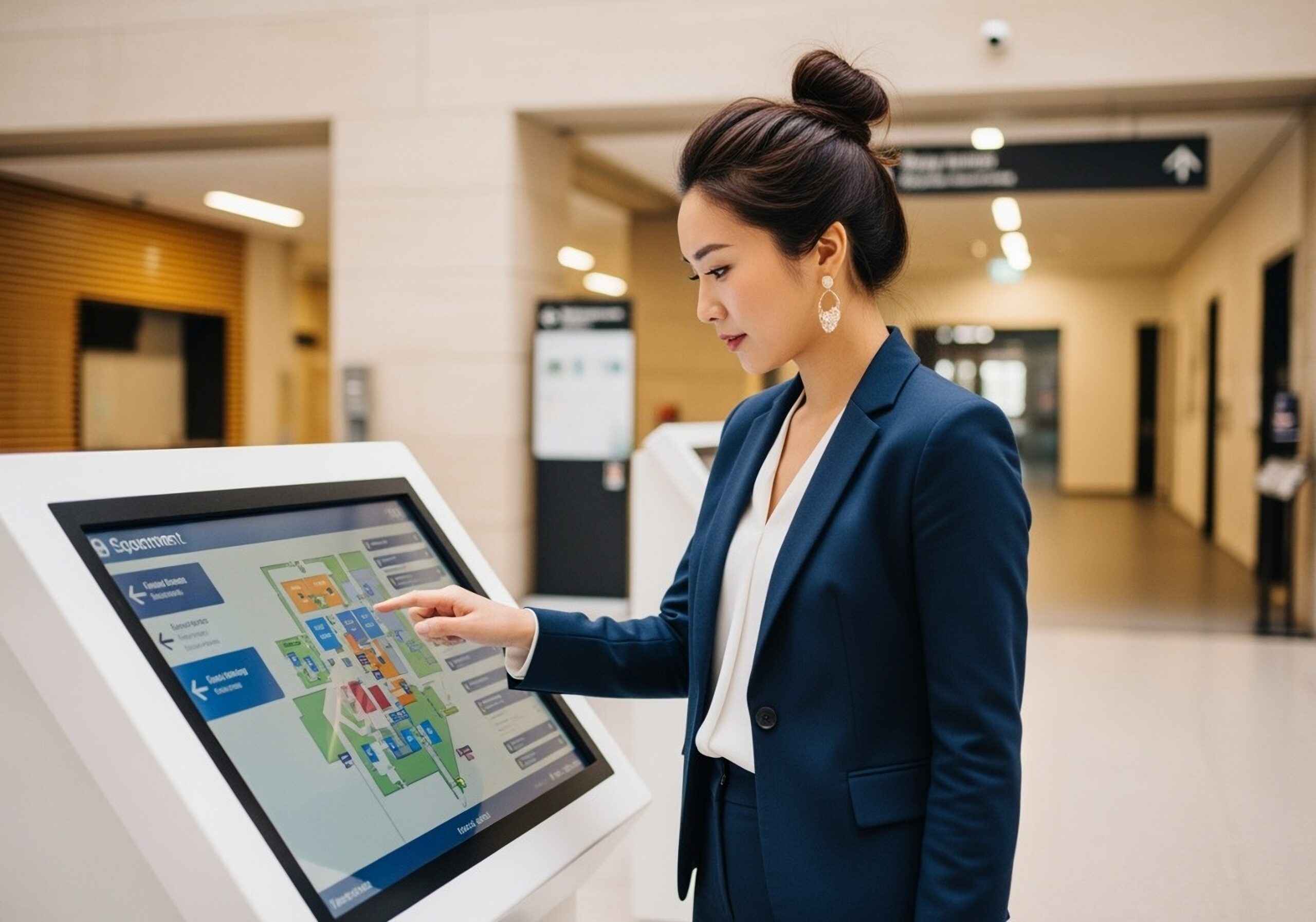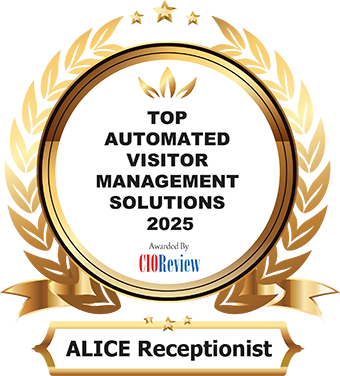
Table of contents
- The Power of Interactive Maps and Digital Signage
- ALICE Receptionist: A Case Study in Government Innovation
- Public Access to Self-Service Information
- Real-Time Communication and Support
- Accessibility for All
- Security and Compliance
- Real-World Impact
- Conclusion: A Smarter, More Accessible Public Experience
- Download the FREE Report to learn about selecting the right solution for a government or public building.
Transforming government buildings with interactive maps and digital signage is crucial in today’s fast-paced, digitally connected world. Government buildings are under increasing pressure to modernize their operations and improve public service delivery. One of the most impactful ways to achieve this is through the integration of interactive maps and digital signage—technologies that not only streamline visitor experiences but also enhance security, accessibility, and operational efficiency. The transforming of government buildings with interactive maps and digital signage brings numerous benefits.
The Power of Interactive Maps and Digital Signage
Government buildings often serve as hubs for a wide range of services, from licensing and permits to court proceedings and public meetings. Navigating these complex environments can be daunting for visitors, especially in large municipal or federal facilities. The transformation of government buildings is enhanced by interactive maps and digital signage, offering a solution by:
- Guiding Visitors Efficiently: Interactive kiosks with digital maps help users locate departments, service counters, restrooms, and emergency exits with ease.
- Reducing Staff Workload: By enabling self-service navigation and information access, these tools reduce the burden on front-desk staff.
- Improving Accessibility: Multi-language support and features for citizens with different abilities ensure inclusivity for all citizens.
- Enhancing Security: Digital signage can display emergency alerts, visitor instructions, and real-time updates, improving situational awareness.
ALICE Receptionist: A Case Study in Government Innovation
One standout example of this technology in action is the ALICE Receptionist Visitor Management System. Designed specifically for high-traffic environments like government buildings, ALICE combines AI-powered virtual receptionists, interactive digital signage, and visitor management tools to create a seamless and secure experience for both staff and the public. Such systems have played a role in transforming government buildings with interactive maps and signage.
Public Access to Self-Service Information
ALICE kiosks are strategically placed in high-traffic areas of public and government buildings, offering self-service check-in, interactive building maps, departmental directories, and much more. Visitors can browse services, view required documents, and even complete web forms—all without waiting in line. This improves the visitor experience and allows government staff to focus on more complex tasks.
Real-Time Communication and Support
While a self-service kiosk enables citizens to find the information they need quickly, there may be times when a visitor needs to speak with a staff member. A technology solution bridging the gap between self-service technology and human interaction is key to providing a positive experience to as many of your citizens as possible. With the ALICE Receptionist public information kiosk, citizens can initiate live video or audio calls with staff members directly from the ALICE kiosk. This ensures citizens receive help when needed without locating a help desk. This hybrid approach balances efficiency with personalized service.
Accessibility for All
Public buildings provide services to a wide range of community members. Often, these diverse communities need to support people whose first language is something other than English and people with different physical abilities. ALICE Receptionist fills this need with AI Avatars that speak and present information in various languages. It also offers TTY communication for the deaf and even three-way translation services if needed. These features ensure that every citizen, regardless of language or ability, can access the services they need with dignity and ease. Government buildings transformed with interactive maps and digital signage can offer such accessibility.
Security and Compliance
Security is paramount in government facilities. While much of a government building may be open to the public, departments and administrative offices inside these buildings often have security and visitor policies that help protect staff. ALICE Receptionist Visitor Management kiosks enhance safety through automated ID scanning, visitor photo capture, and watchlist screening. The system logs visitor data, prints badges, and alerts staff to potential security concerns in real time. This level of oversight protects sensitive areas and can help ensure compliance with federal and local regulations.
Real-World Impact
In one deployment, 25 ALICE kiosks were installed across 10 county court buildings. Within the first year, they facilitated over 94,000 juror check-ins and reduced the need for in-person staff by 80%. This translated into significant cost savings and improved operational efficiency—proof that digital transformation in the public sector is not only possible but highly beneficial. Read More
Conclusion: A Smarter, More Accessible Public Experience
When integrated through platforms like ALICE Receptionist, interactive maps and digital signage are revolutionizing how government buildings operate. They empower citizens, streamline services, and create safer, more efficient environments. For public sector leaders looking to modernize their facilities, investing in these technologies isn’t just a smart move—it’s a necessary step toward a more connected and citizen-focused future. Clearly, transforming government buildings with the power of interactive maps and digital signage is paving the way for innovation.





